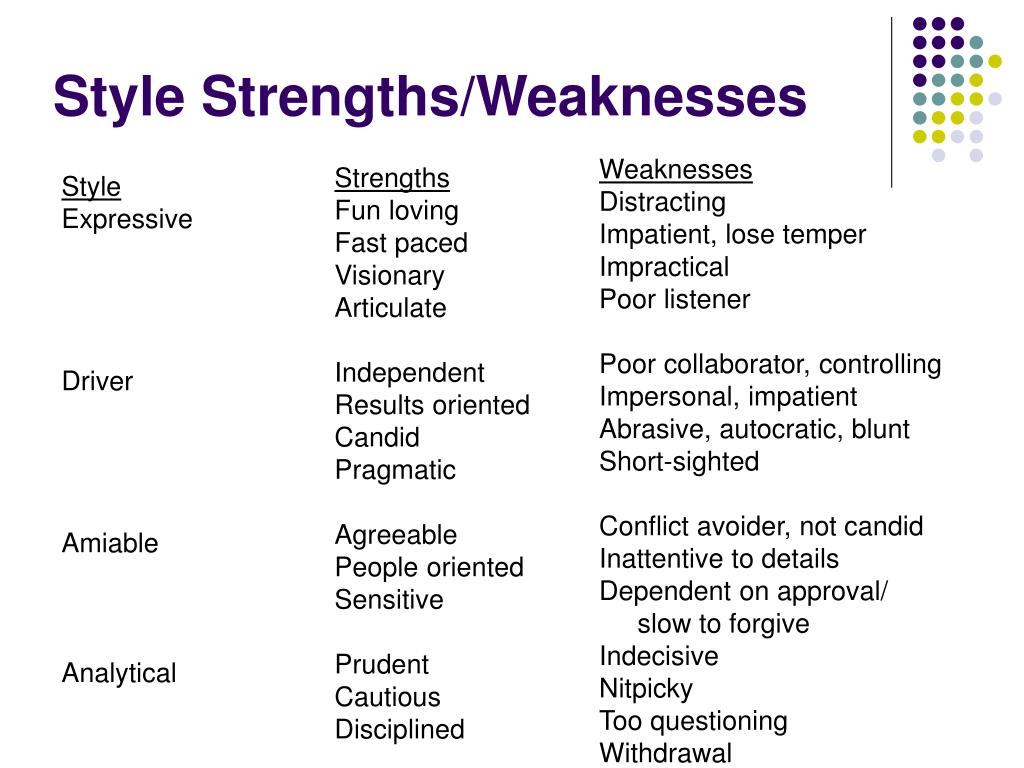

Doing so would be reckless, and we have stated this clearly and repeatedly in multiple forums … Despite everything we have said in our books, articles and direct correspondence with other critics of the strengths-based approach, some continue to argue that Gallup advocates focusing solely on strengths and completely ignoring weaknesses.” “ We routinely encounter myths about our strengths-based approach, so let us be clear: We would never suggest that individuals, particularly in the workplace, should simply ignore their weaknesses. Since my first post, Jim Asplund, Chief Scientist, Strengths-Based Development, and Shane Lopez, Gallup Senior Scientist and Research Director of the Clifton Strengths Institute, responded to Chamorro-Premuzic’s HBR article in The Current State of Strengths Science and Practice – Gallup’s formal response to Chamorro-Premuzic. “ It doesn’t address the real problems that workplaces face.”.“ It leads to resources being wasted on C and D players”.“ It can give people a false sense of competence”.“ There is no scientific evidence that it works”.In his HBR article, Chamorro-Premuzic challenged this exact kind of Gallup thinking and outlined five shortcomings of a strengths-based model: In my first post, I quoted from StrengthsFinder 2.0 (Gallup Press): “ to start a conversation about what’s right with people … we were tired of living in a world that revolved around fixing our weaknesses … what’s more, we had discovered that people had several times more potential for growth when they invest energy in developing strengths instead of correcting weaknesses.” Since Post 1, Gallup, responded to the HBR article Strengths-Based Coaching Can Actually Weaken You. Strengths + Weaknesses-Basedmodels of assessment and training.

Post 1 described the debate in leadership development on the validity and efficacy of Strengths-Based vs.

NOT Strengths OR Weaknesses Performance Drivers AND Derailers (Post 2 of 4)


 0 kommentar(er)
0 kommentar(er)
